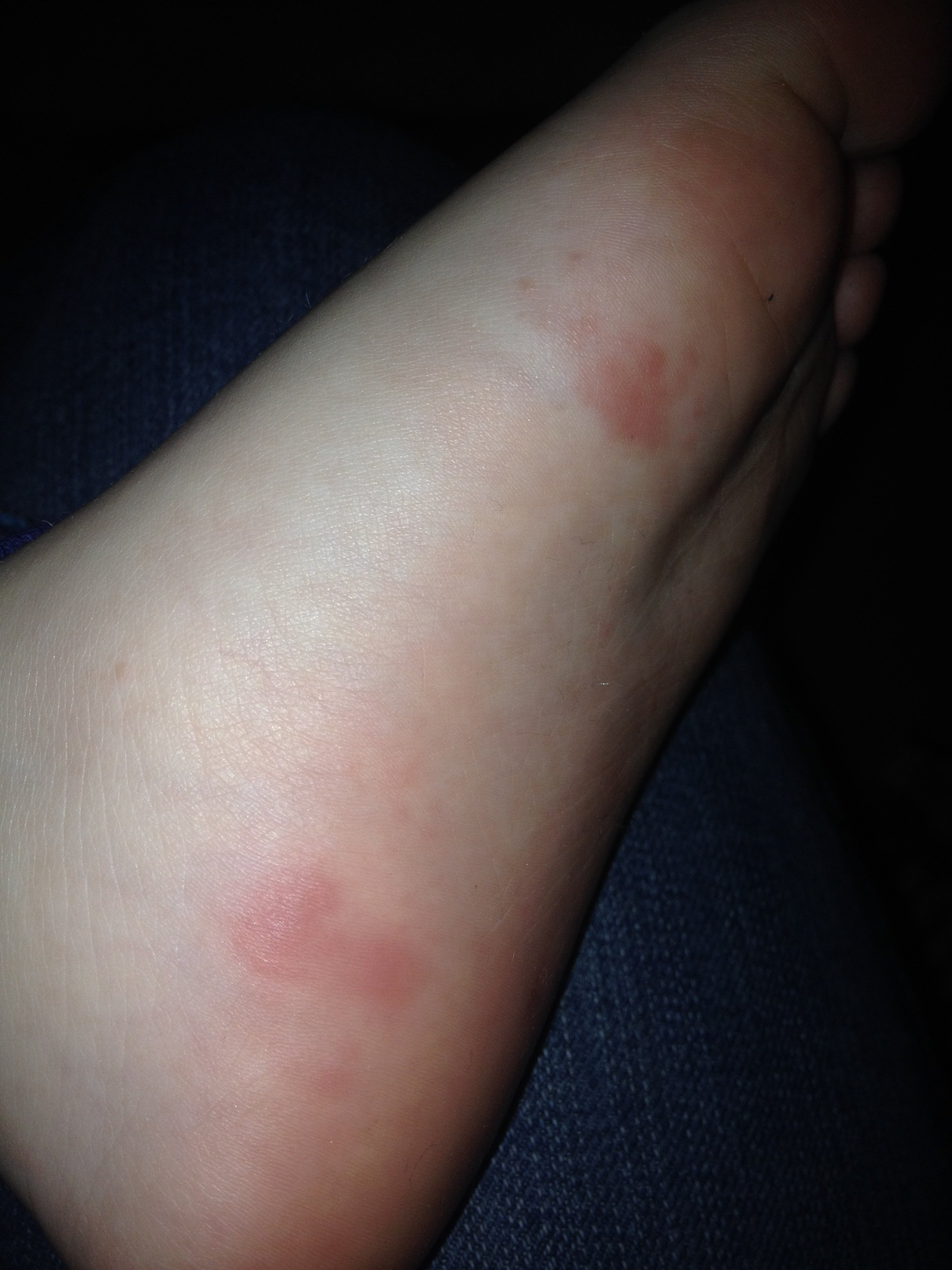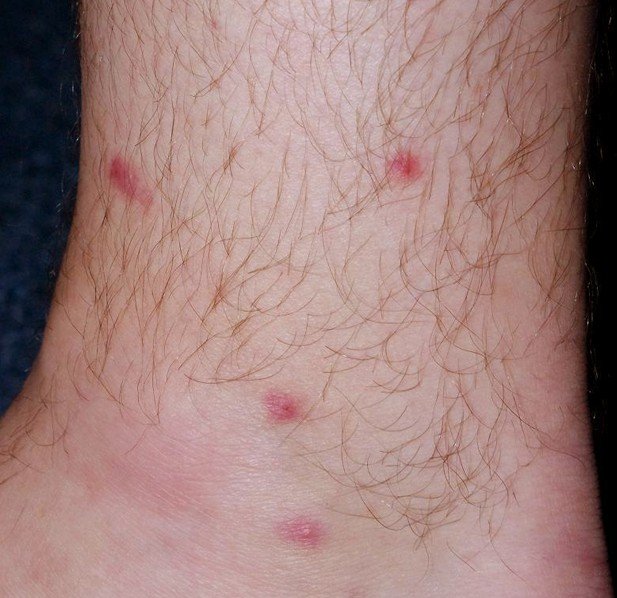

Skin cancer is the most common form of cancer.

Global Epidemiology of Diabetic Foot Ulceration: A Systemic Review and Meta-Analysis. National Institute of Diabetes and Digestive and Kidney Diseases.Evaluation and treatment of diabetic foot ulcers.

Centers for Disease Control and Prevention.American Orthopaedic Foot & Ankle Society.D iabetes Complications and Amputation Prevention. American College of Foot and Ankle Surgeons.Early treatment can prevent hospitalization, deformity and amputation. If you have diabetes, it’s important to care for your feet every day and report any problems to your healthcare provider. People with diabetes are at risk for ulcers and infections, which may go unnoticed in people with diabetes-related neuropathy and numbness. Read more about preventing diabetes complications. The bones can break, and the joints can dislocate or collapse. In Charcot foot, nerve damage weakens the bones and joints. People with diabetes also can develop Charcot foot, a rare complication that can cause permanent deformity. What other conditions can affect the feet of people with diabetes? Pain, tingling, burning or cramping in the feet or legs.Loss of feeling in the toes, feet or legs.Any changes to the skin on the feet, including a wound, redness or darkness, warmth or a funny smell.If you have diabetes, tell your healthcare provider right away if you experience: When should I seek medical care for diabetes-related foot pain? Cut calluses or corns or apply chemicals.It’s just as important to avoid certain things. Then apply lotion to the tops and bottoms of the feet, but not between the toes. Dry them thoroughly afterward, including between the toes. Washing your feet every day in warm water, not hot.Some people with diabetes wear therapeutic shoes or shoe inserts to help prevent wounds or sores. Make sure your socks aren’t too tight and that your shoes fit properly. Wearing socks and shoes (or slippers) all day.Putting cornstarch or talcum powder between the toes to prevent moisture buildup.Stay active, but choose activities that are gentler on the feet, such as walking or swimming. For example, keep your feet elevated when you sit, and wiggle your toes often. Cut them straight across to prevent ingrown toenails. Keeping your toenails trimmed and filed.Getting your feet checked at every visit with a healthcare provider.Ask someone for help or use a mirror if needed. Checking your feet every day for any changes.You can also reduce the risk of diabetes-related foot problems by: To avoid hyperglycemia and diabetes-related neuropathy, you should control blood sugar carefully. How can I reduce my risk of diabetes-related foot pain? Any changes to the skin or toenails, including cuts, blisters, calluses or sores.If diabetes-related neuropathy leads to foot ulcers, symptoms to watch out for include: Diminished ability to sense hot or cold.The signs of diabetes-related neuropathy may include: What are the symptoms of diabetes-related neuropathy? Reduced blood flow (poor circulation) can make it difficult for a diabetes-related foot ulcer or infection to heal. This condition causes arteries to become narrowed or blocked. People with diabetes are more likely to develop peripheral artery disease (PAD). Wounds that go unnoticed and untreated can become infected.ĭiabetes can also affect blood flow to your legs and feet. You might not even feel a pebble in your sock that is cutting your foot, for example. If your feet are numb, you might not notice a blister, cut or sore. The condition might make you lose feeling in your feet. Diabetes-related neuropathy can occur throughout the body, but most often in the legs and feet. Long-term high blood sugar can cause a type of nerve damage called diabetes-related neuropathy. What causes diabetes-related foot conditions?


 0 kommentar(er)
0 kommentar(er)
